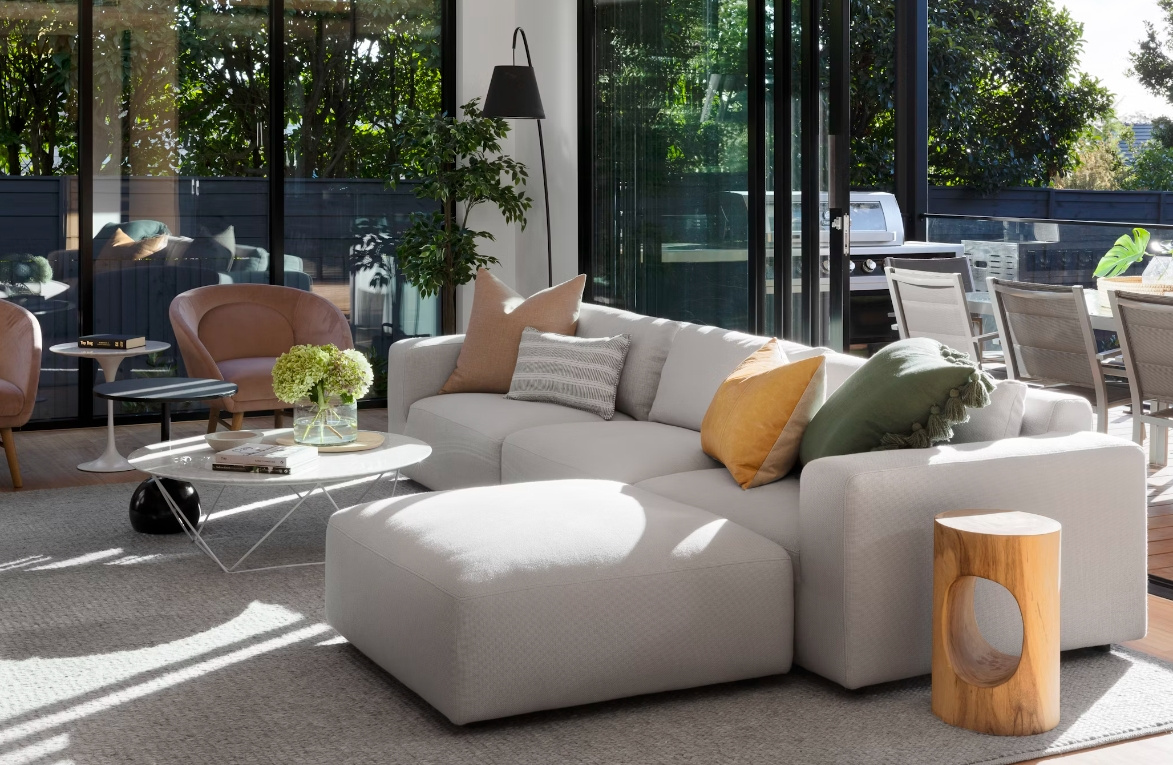Carbon Footprint Reduction: The Environmental Impact of Eco-Friendly Furniture
In an era where environmental sustainability is paramount, the furniture industry is undergoing a significant transformation. The shift towards eco-friendly furniture is not just a trend but a necessary evolution to reduce the carbon footprint and mitigate the adverse environmental impacts associated with traditional furniture manufacturing. This article delves into the environmental benefits of eco-friendly furniture, highlighting how it contributes to carbon footprint reduction and promotes a sustainable future.
Understanding the Carbon Footprint of Traditional Furniture
Traditional furniture manufacturing is resource-intensive and environmentally detrimental. The process involves the extensive use of natural resources such as wood, minerals, and petroleum-based products. The production and transportation of these materials contribute significantly to greenhouse gas emissions. For instance, the production of one piece of furniture can result in up to 600 pounds of carbon dioxide emissions. Additionally, the use of synthetic materials and harmful chemicals like formaldehyde further exacerbates the environmental impact, leading to air and water pollution.

The Role of Eco-Friendly Furniture in Carbon Footprint Reduction
Eco-friendly furniture, also known as sustainable furniture, is designed to minimize environmental impact throughout its lifecycle. This includes the sourcing of materials, manufacturing processes, transportation, and disposal. Here are some key ways eco-friendly furniture contributes to carbon footprint reduction:
1. Sustainable Material Sourcing: Eco-friendly furniture is often made from sustainable materials such as FSC-certified wood, bamboo, recycled plastic, and reclaimed wood. These materials are either renewable or recycled, reducing the need for virgin resources and minimizing deforestation. For example, bamboo is a rapidly renewable resource that can grow up to 36 inches per day, making it an excellent alternative to traditional wood. Using recycled materials also helps divert waste from landfills and reduces the energy required for production.
2. Energy-Efficient Manufacturing Processes: Sustainable furniture manufacturers prioritize energy-efficient production methods. This includes using renewable energy sources like solar or wind power and implementing practices that reduce energy consumption. For instance, using CNC (Computer Numeric Control) machines can cut materials with precision, reducing waste and energy use. Additionally, water-based adhesives and finishes are preferred over chemical-based alternatives, further reducing the environmental impact.
3. Reduced Transportation Emissions: The transportation of furniture components and finished products contributes significantly to the overall carbon footprint. Eco-friendly furniture manufacturers often source materials locally and produce furniture close to the market to minimize transportation emissions. This approach not only reduces the carbon footprint but also supports local economies. Flat-packed furniture, which can be assembled on-site, also helps reduce transportation volume and emissions.
4. Longevity and Durability: One of the core principles of eco-friendly furniture is longevity. High-quality, durable furniture reduces the need for frequent replacements, thereby decreasing the overall demand for new furniture and the associated environmental impact. Investing in durable pieces means fewer resources are consumed over time, and less waste is generated. This long-term approach to furniture design is a significant step towards a circular economy where products are designed to last and be reused or recycled at the end of their life.
5. Health Benefits and Indoor Air Quality: Eco-friendly furniture often uses materials and finishes with low volatile organic compounds (VOCs), which improve indoor air quality. Traditional furniture can emit harmful chemicals that contribute to indoor air pollution and health issues such as allergies, asthma, and hormonal changes. By choosing furniture made from non-toxic materials, consumers can create healthier living environments while also reducing their carbon footprint. The Broader Environmental Impact
The benefits of eco-friendly furniture extend beyond carbon footprint reduction. By opting for sustainable furniture, consumers support practices that promote biodiversity, conserve natural resources, and reduce pollution. For example, using reclaimed wood helps prevent deforestation and habitat loss, while recycled plastic furniture helps tackle the global plastic waste problem. Additionally, sustainable furniture manufacturing often involves fair labor practices and ethical sourcing, contributing to social sustainability.

Conclusion
The transition to eco-friendly furniture is a crucial step towards reducing the carbon footprint and mitigating the environmental impact of the furniture industry. By choosing sustainable materials, energy-efficient manufacturing processes, and durable designs, eco-friendly furniture offers a viable solution to the environmental challenges posed by traditional furniture production. As consumers become more aware of the environmental and health benefits of sustainable furniture, the demand for eco-friendly options is likely to grow, driving further innovation and positive change in the industry.
By making informed choices and supporting eco-friendly furniture, we can collectively contribute to a more sustainable future. Every piece of eco-friendly furniture purchased is a vote for the environment, promoting a healthier planet for current and future generations. Let’s embrace this change and make our homes not just beautiful, but also sustainable and environmentally responsible.
